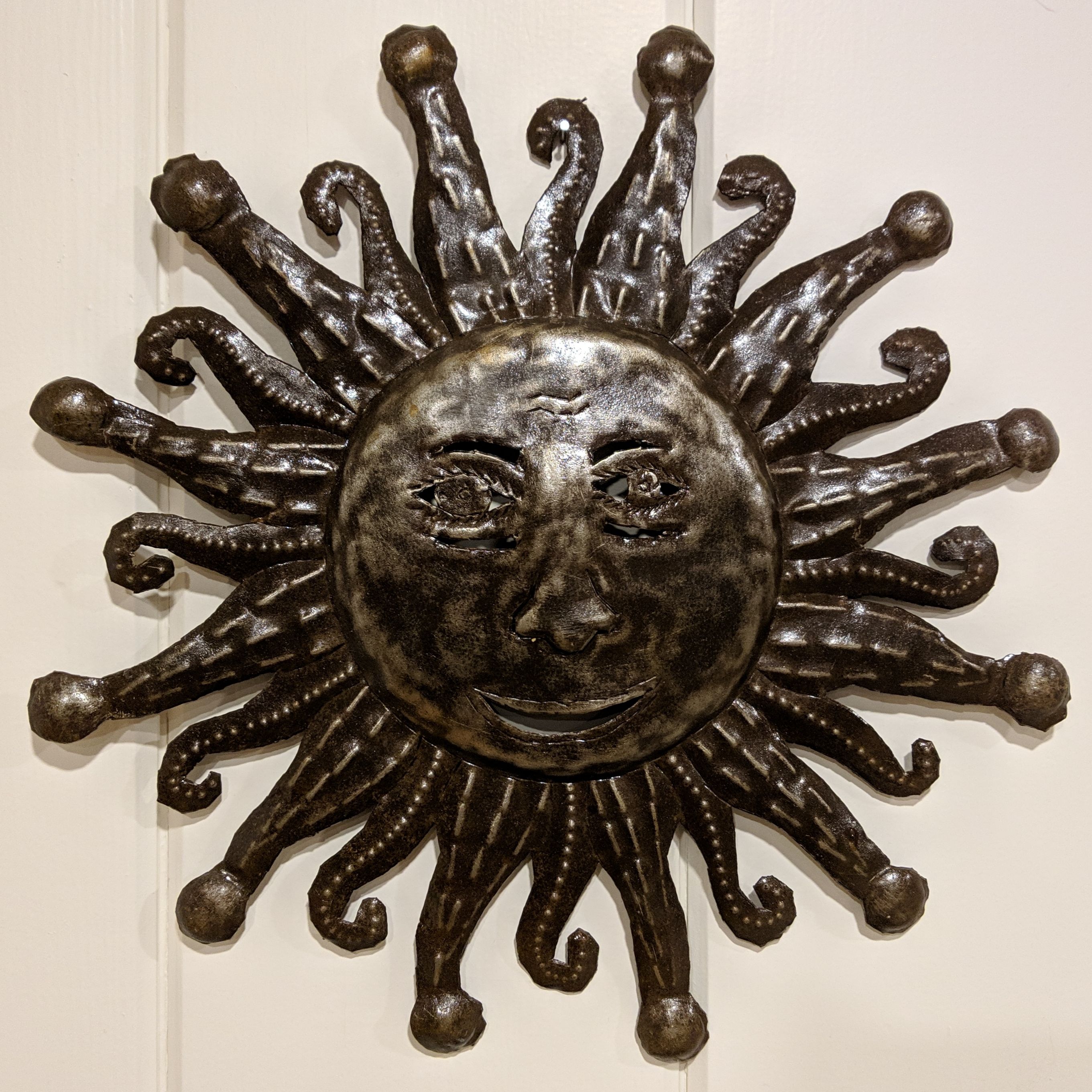I’m reconfiguring my printing closet (~6’x6’) for a new printer and thought about enclosing the printer in a moderate sized cabinet (~2’x3’x6’ - one “shelf” of the closet) for thermal control. Since there will be inevitable opening and closing, as well as just normal infiltration of the ambient air (usu ~65F between 40-75% RH) it would seem like a good application for a Peltier dehumidifier to keep the RH in the chamber low and reduce my need to re-dry filament which has been on the machine during (inevitable) multi-day or -week downtime between projects.


Huh? Running it backward as a thermoelectric generator is low efficiency (Carnot limit) but the efficiency pumping heat from e.g. freezing to room temperature isn’t that awful. Picking some completely random model from DigiKey, if the hot side was at 27c/80f, and you wanted the cold side at 0c, 2.4 amps at about 7V (16.8W input power) would let you remove about 15W from the cold side with a deltaT of 30c (i.e. the cold side at -3c/27f) per the graphs on page 5. That’s a COP of about 0.9 for cooling. You’d need to remove about 30W from the hot side.
In practice, cooling the hot side is difficult so you might instead use the Th=50c graph, at which point 2.4A @ 8v (19.2W input power) would give 3-4W cooling power with the cold side at 0c, for a COP of about 0.18. But nowhere near your numbers.
If you put some decent thermal mass on the hot side and operated intermittently, as long as you drained the condensation, you could get closer to the Th=27c performance.
I have some TE modules that run at 10W or so and can cool 250mW at I think -50°C to -70°C so they can be awful.
I see. You have a huge delta-T there, which is unnecessary for keeping a filament box dry.
A couple sources say PA6 (a random moisture-sensitive filament) should be stored below 20% , or at 15% relative humidity. In a 66f/19c room temperature, that 15% RH would be a dew point of 17f/-8c according to dpcalc.org. In a 74f/23c room, 15% is a dew point of 23f/-5c; as you warm up the temperature further the dew point to achieve a particular RH increases (which is why we heat air to dry things).